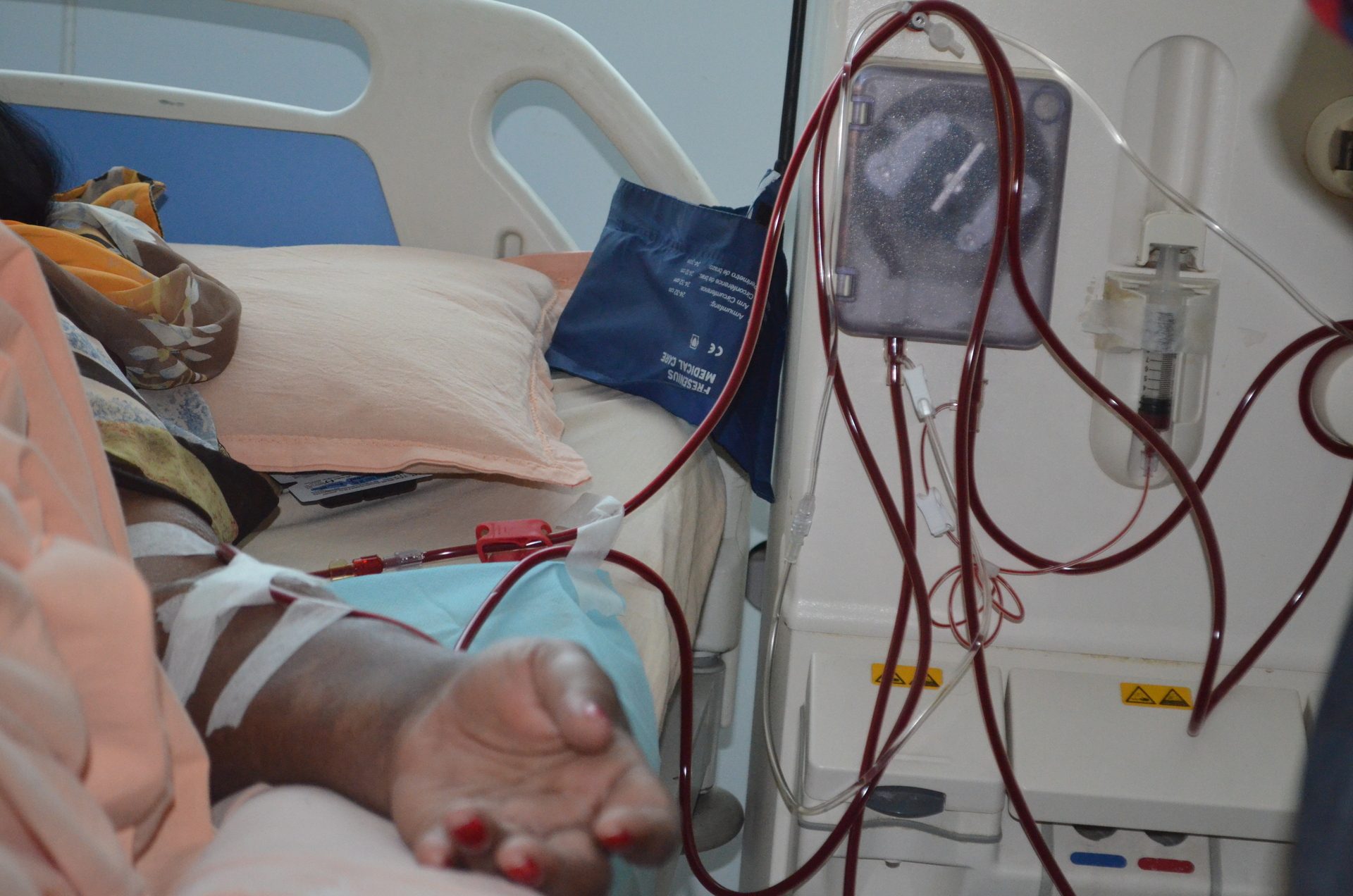
Renal Services in South Asia woefully inadequate
Renal services in South Asia are characterized by increasing disease burden and a rapidly growing demand for service and research in the face of inadequate financial and manpower capacity. As a result, people mostly the poor suffering from kidney disease are not getting adequate treatment facilities in these countries.
The conclusion is from a review article, 'State of Nephrology in South Asia', published in Kidney International, the official journal of the international society of nephrology in January this year.
The review article has been authored by Prof Vivekanand Jha of the George Institute for Global Health, New Delhi, Harun Ur-Rashid of Kidney Foundation Hospital and Research Institute, Dhaka, Syed Fazal Akhtar of Department of Nephrology, All India Institute of Medical Sciences, New Delhi, Rishi Kumar Kafle of Department of Nephrology, Sindh Institute of Urology and Transplantation, Karachi and Rezvi Sheriff of Department of Nephrology, National Hospital, Colombo.
"High-quality but expensive care is provided in private hospitals to those who can afford it either through personal means or by employment-based insurance. Those without such coverage (unorganized workers or the self-employed) have to depend on the limited number of oversubscribed public-sector facilities," says Prof Vivekanand Jha, a lead author of the article.
Many private hospitals also provide care, especially kidney transplantation, to wealthy foreigners -- especially those from Sub-Saharan Africa, the Middle East, and central Asia, he further said.
The South Asia region of the International Society of Nephrology comprises eight countries with a combined population of 1.77 billion, about 29% of the world population in 2016. The World Bank classifies Afghanistan and Nepal as low-income countries; Bangladesh, Bhutan, India, Pakistan, and Sri Lanka as low-middle-income countries, and the Maldives as an upper middle-income country. Over 65% of the population in the region lives in rural areas.
The burden of acute kidney injury in the region has not been accurately estimated, but published literature indicates it to be high. Most cases of acute kidney injury seen in public hospitals are acquired in the community, related to suboptimal sanitation and water quality, tropical infections, and poor obstetric care. Delayed recognition and inappropriate treatment in the remote rural areas result in missed opportunities to prevent the development of acute kidney injury.
Basic laboratory services are available in most urban areas in the South Asian region but specialised services such as renal pathology and transplant immunology are limited, the review article said. Non-availability of immunofluorescence and electron microscopy constrains the ability to accurately diagnose and classify kidney disease. Facilities that collect blood and biopsy samples from small towns and have those analysed in central laboratories are improving service availability, it adds.
"Widespread availability of generic and bio similar medicines in the region has the potential to bring down the cost of treatment. By way of example, a vial of 4000 units of erythropoietin costs as little as US$4 in India. On the other hand, some drugs such as eculizumab are not available even to those who can afford it, forcing them to buy through clandestine routes."
Efforts to establish national end-stage kidney disease registries are underway in Bangladesh, India, and Sri Lanka, it said. Increasing number of training programs, growing government support to renal replacement therapy, availability of cheap generic medicines, and development of locally appropriate models of service delivery offer hope for the future of nephrology in the region," Dr Jha points out.


